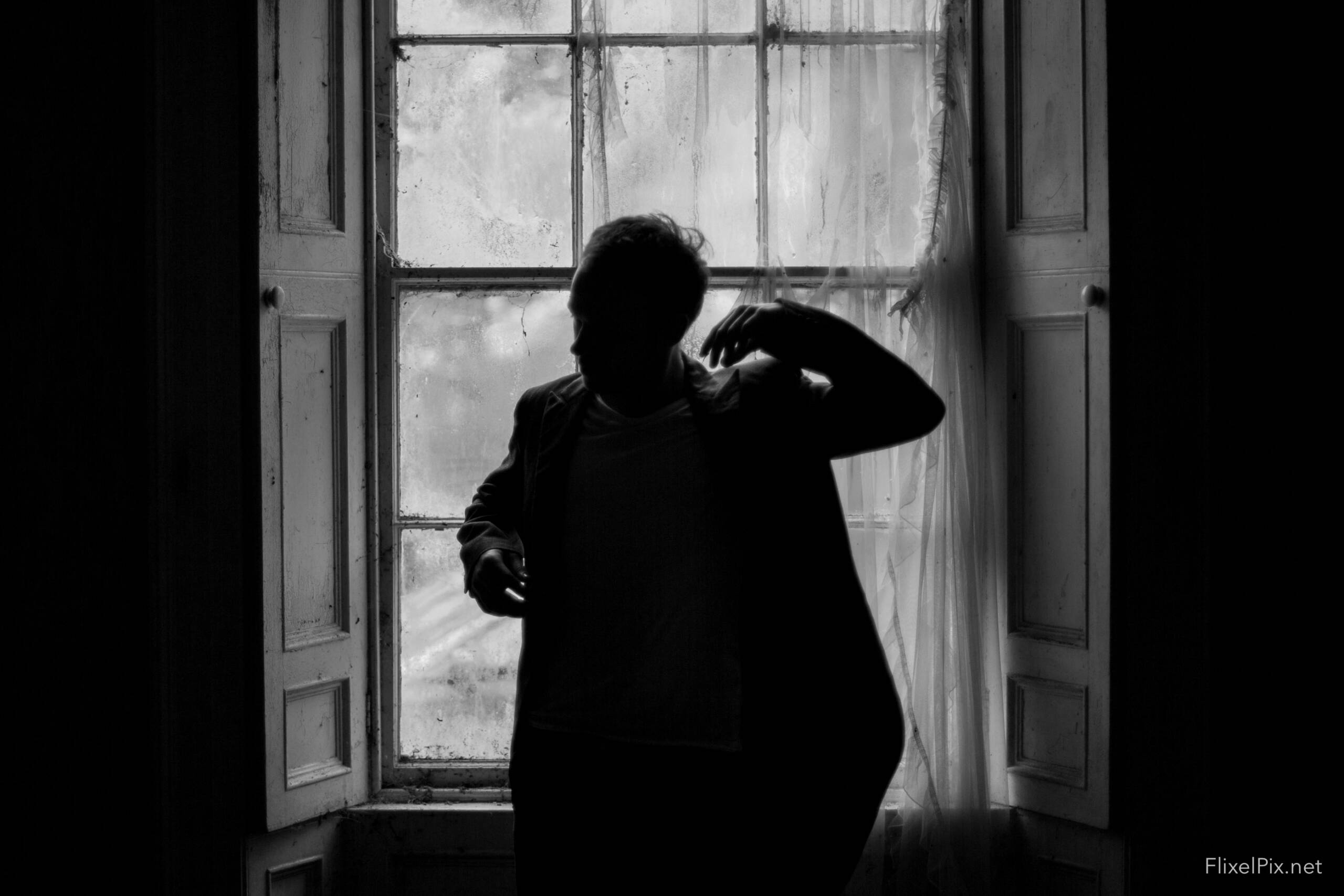A few years ago I managed to get my hands on a copy of Mind’s Eye by Henri Cartier-Bresson. and I finally had the chance to finish it a few weeks ago. It’s a remarkable read that challenges the gear-obsessed mindset that dominates modern photography. Henri Cartier-Bresson writes, “Photography hasn’t changed since its invention.”
How often have you found yourself thinking that your photography would improve if only you had a bigger, better camera or a faster lens? Henri Cartier-Bresson emphasizes that the essence of photography lies beyond equipment.
If the art of photography has remained fundamentally the same since its inception, then to truly improve our craft, we need to shift our focus away from climbing the equipment ladder and towards developing our “photographic eye.”
Henri Cartier-Bresson

1. Capturing the Decisive Moment
Great photographs don’t just capture a scene—they capture the emotion of a fleeting moment. Take a look at your own work over the past year: how many of your images engage you emotionally?
Our passion shouldn’t be for photography itself, but for the desire to capture that “decisive moment.” Defining the decisive moment is difficult, but we all know when we’ve missed it. How many times have you experienced the frustration of seeing the perfect shot slip away—capturing the second before or after, but not the one you knew was “the” moment? Understanding the work of Henri Cartier-Bresson can enhance one’s ability to create impactful images.
2. Engage in Photographic Reportage
I love Cartier-Bresson’s concept of photographic reportage. A single photograph should tell a story, not through contrived or meticulously staged setups, but through a natural, unscripted moment that conveys enough information for the viewer to imagine the preceding and subsequent moments. This is where true storytelling happens—capturing life as it unfolds. Henri Cartier-Bresson taught us that a single photograph can encapsulate a narrative.
3. Engage with Your Subject
The concept of “subject” is ever-present in photography, yet the challenge lies in selecting those essential subjects that communicate your story most effectively. A contrived photograph can never truly reflect the essence of a person’s world. This is something I’ll keep in mind the next time I lift my camera to capture a portrait—true connection with the subject is paramount.
4. Be Pre-occupied with Composition
Composition is the recognition of rhythm in a scene; it’s the true art of photography. A small shift in the camera’s position—just a few millimeters towards or away from the subject—can completely transform the image. Cartier-Bresson was a master of composition, and his work reminds us that it should be our primary focus.
Composition is where the photograph is made. A poorly composed image is difficult, if not impossible, to salvage in post-production. Cartier-Bresson is often said to have shot exclusively with a 50mm lens. Perhaps the best way to master composition is to know a lens so intimately that it becomes an extension of your eye. In studying the techniques of Henri Cartier-Bresson, photographers can break free from the confines of rigid technique. Ultimately, the legacy of Henri Cartier-Bresson inspires photographers to seek authenticity in their work.
5. Be Less Concerned with Technique
While new chemical processes and photographic techniques emerged over time, Cartier-Bresson was critical of the obsession with technique. As he puts it, “I am constantly amused by the notion that some people have about photographic technique… but there is a whole group of areas which have developed into the subject of technique.”
The focus on technique should never overshadow the true subject of the photograph. Reflecting on Cartier-Bresson’s emphasis on the subject, I realize how easily I became fixated on mastering long exposure photography. Over the past few months, my engagement with photography shifted from connecting with the locations I shot, to simply finding new places where I could capture my long exposure images. It’s a reminder that technique should serve the subject, not become the subject itself. Henri Cartier-Bresson’s philosophy encourages us to focus on the art of seeing rather than the tools we use.
Conclusion: The Future
Reading Mind’s Eye will allow you to simplify your photographic priorities:
- Subject
- Reportage
- Composition
Better yet, focusing on these elements doesn’t require a new camera body, more megapixels, or a new lens. What it requires is a shift in attitude—a conscious desire to capture that decisive moment. If you’re interested in the timeless insights of Henri Cartier-Bresson, I highly recommend you buy a copy of Mind’s Eye from your favourite stockist.
If you have read the book, feel free to share your views in the comments.
Links
Discover more from FLIXELPIX
Subscribe to get the latest posts sent to your email.


